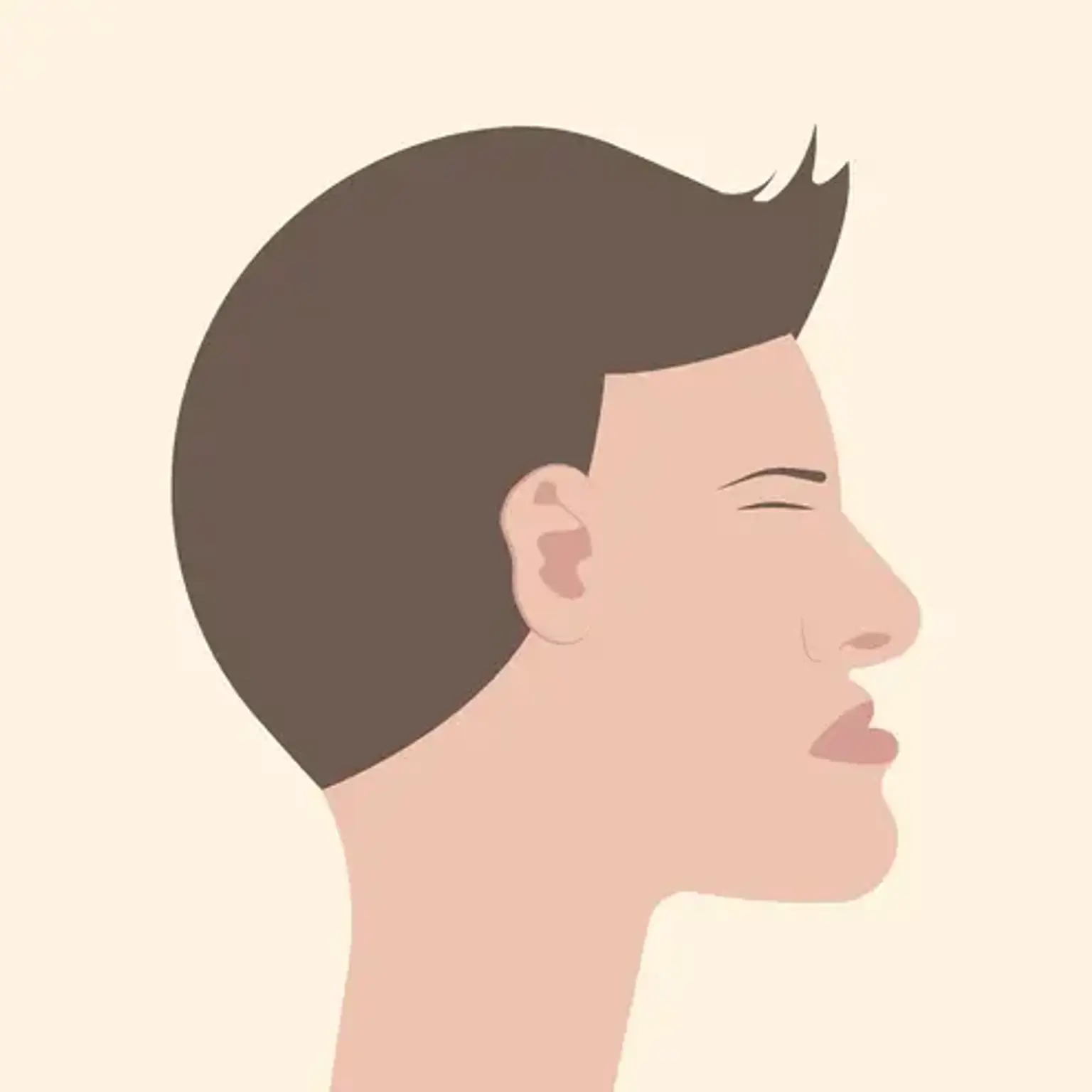Introduction
A protruding chin, or a chin that juts out noticeably from the face, is a common concern for many individuals. While some may be born with this feature, others might develop it due to growth patterns or skeletal imbalances. For those who feel self-conscious about their facial profile, protruding chin correction surgery offers an effective solution to enhance facial harmony and boost self-esteem. This type of surgery can reshape the chin and jawline, resulting in a more balanced and aesthetically pleasing appearance.
Chin correction surgery is not only about improving aesthetics but also enhancing the overall symmetry of the face, contributing to better self-confidence. With advancements in cosmetic surgery, procedures to correct a protruding chin have become safer and more accessible.
What is Protruding Chin?
A protruding chin occurs when the lower jaw or chin extends forward excessively, often disrupting the facial balance. It can make the face appear more elongated or give the individual a "stubborn" or "aggressive" appearance. This condition can range from mild to severe and may lead to functional issues such as an overbite or difficulty chewing.
The causes of a protruding chin are typically genetic, but it can also be influenced by developmental factors during childhood. For some, the lower jaw grows disproportionately, leading to the condition. In others, misalignment of the jaw due to skeletal issues might contribute to the chin protruding beyond the normal line of the face.
While it’s not a health-threatening issue, a protruding chin can affect one's facial aesthetics, prompting people to seek surgery as a solution.
